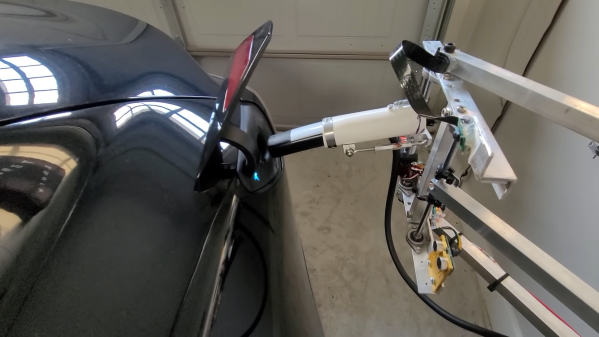The longevity of plastic is both a blessing and a curse. On the one hand, it’s extremely durable, inexpensive, and easy to work with, but it also doesn’t biodegrade and lasts indefinitely in the environment when not disposed of properly. While this can mean devastating impacts to various ecosystems, it can also be a benefit if you happen to pick this plastic up and also happen to have a laser cutter around.
After cleaning and sorting plastic that they had found from various places, including scraps from a 3D printing facility, the folks at [dinalab] set about turning waste plastic into something that would be usable once more. After sorting it they shredded it and then melted it into sheets. They found that a sandwich press yielded the best results, as it kept the plastic at a low enough temperature to keep it from burning. Once its off of the press and properly cooled, the flat sheets of plastic can be sent to the laser cutter to be made into whatever useful thing they happen to need.
Not only does this process reuse plastic that would otherwise end up in the landfill (or worse, the ocean), it can also reuse plastic from itself since the scraps can be re-melted back into sheets. Plastic does lose some of its favorable material properties with repeated heat cycles, but we’d have to imagine this is negligible for the types of things that [dinalab] is creating. Of course, you can always skip the heat cycles entirely and turn waste plastic directly into 3D printer filament instead.
Continue reading “Discarded Plastic Laser-Cut And Reassembled”














